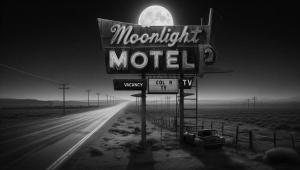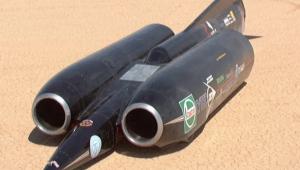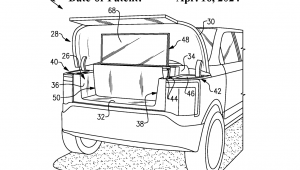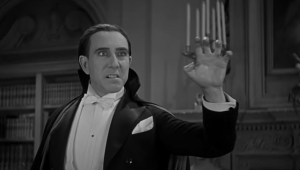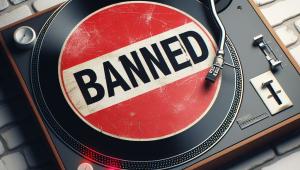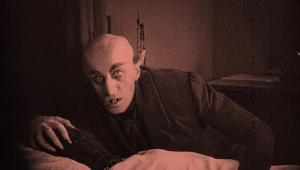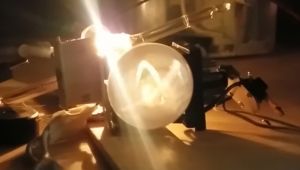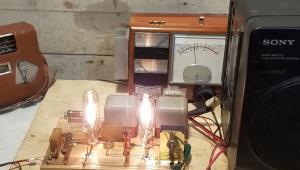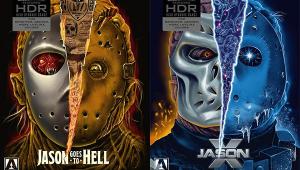I tend to agree with you! When I purchase a "smart" product I like to consider the transition once it's "smart" is gone.
My wireless speaker has analogue audio in, so I can add an external device once it's smarts are spent, not convenient for a portable device but that portable device can now be repurposed around the house somewhere.
My TV, an LG C8, well it's smarts don't always work the way I want them to anyway so I've added a Fire TV cube to the mix via ****an external input***, I use both since the streaming app in one seems to work better than another...neither are really very smart. The side load of VUDU on the cube works better then the VUDU app on the TV, go figure. Honestly I'm not that impressed with "smart" devices.
Just 2 examples, I could go on but the point is that I have a backup plan to the "smart" in devices and that has served me pretty well.
Cheers,



